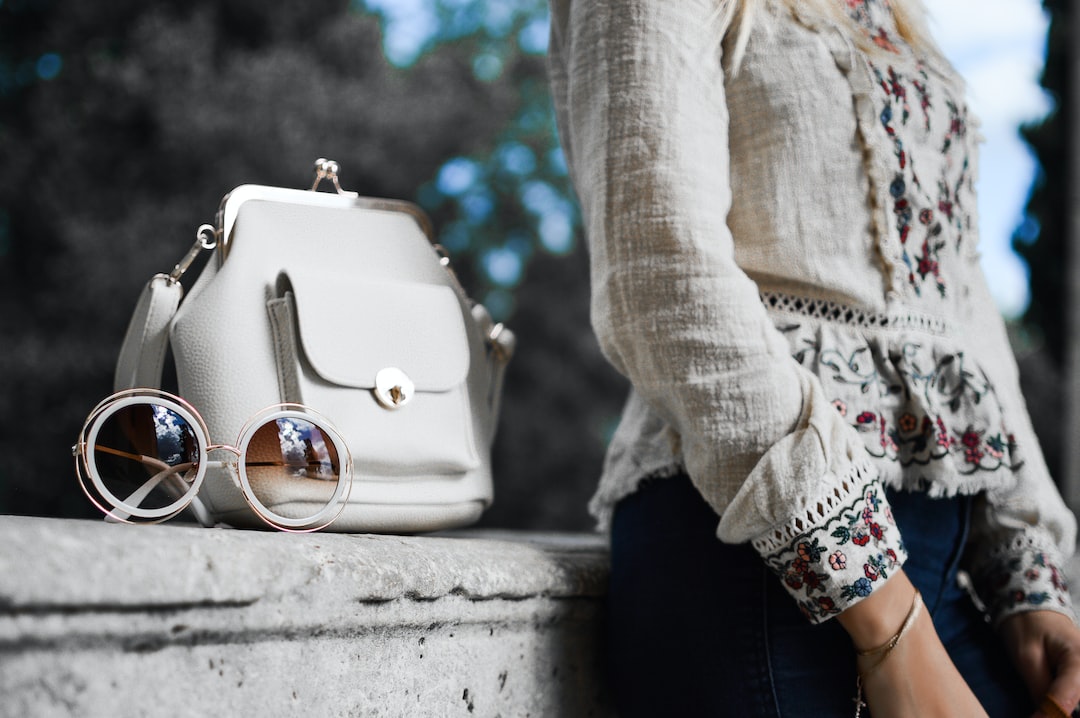Street style has come a long way since its humble beginnings as a subculture. What started as a form of expression for marginalized communities has transformed into a global phenomenon that influences high fashion. Today, street style is no longer limited to the streets; it has found its way onto runways, magazine covers, and even into the closets of the rich and famous. Let’s take a closer look at the evolution of street style and how it has become a force to be reckoned with in the world of fashion.
Street style emerged as a form of rebellion in the 1960s and 70s, when young people began to reject mainstream fashion and instead express their uniqueness through their clothing choices. The punk movement, for example, embraced edgy and unconventional styles that challenged societal norms. This marked the beginning of a shift from conforming to fashion trends to creating them.
In the 1980s, street style took on a new dimension with the rise of hip-hop and its influence on fashion. Baggy pants, oversized jackets, and colorful accessories became iconic staples of street style, signaling a sense of identity and power. Artists like Run DMC and N.W.A not only shaped the music industry but also dictated what was cool to wear on the streets.
The 90s brought a more grunge-inspired aesthetic to street style. Ripped jeans, flannel shirts, and combat boots became coveted items among the youth. This era paved the way for street style to enter the mainstream, as designers and brands started taking notice of the influence these subcultures had on fashion. The fusion of streetwear and high fashion was imminent.
Fast forward to the 2000s, and street style had firmly established its place in popular culture. The rise of streetwear brands like Supreme and A Bathing Ape brought a new level of exclusivity and hype to the scene. Collaborations with luxury labels like Louis Vuitton and Gucci further blurred the lines between streetwear and high fashion.
Today, street style has become an integral part of the fashion industry, with influencers and celebrities leading the way. Fashion weeks across the globe put as much emphasis on the outfits seen outside the shows as they do on the collections presented on the runway. Street style photographers now have their own moment in the spotlight, capturing the most innovative and trendsetting looks.
Social media platforms like Instagram have also played a significant role in the democratization of street style. Everyday fashion enthusiasts can now showcase their personal style to a worldwide audience, while also drawing inspiration from others. What was once exclusive to a few select cities has now gone global, with street style influencers from all corners of the world showcasing their unique interpretations of fashion.
As street style continues to evolve, it is clear that it has transcended its subculture roots to become a driving force in high fashion. Designers now look to the streets for inspiration, incorporating elements of streetwear into their collections. Luxury brands have even started collaborating with streetwear labels, recognizing the power and influence that street style holds over consumer choices.
In conclusion, the evolution of street style from subculture to high fashion is a testament to its enduring influence and relevance. What started as a form of rebellion has now become a global phenomenon that shapes fashion trends and reflects the spirit of the times. Street style has proven that fashion is not just about what we wear but also about how we express ourselves and connect with others.
